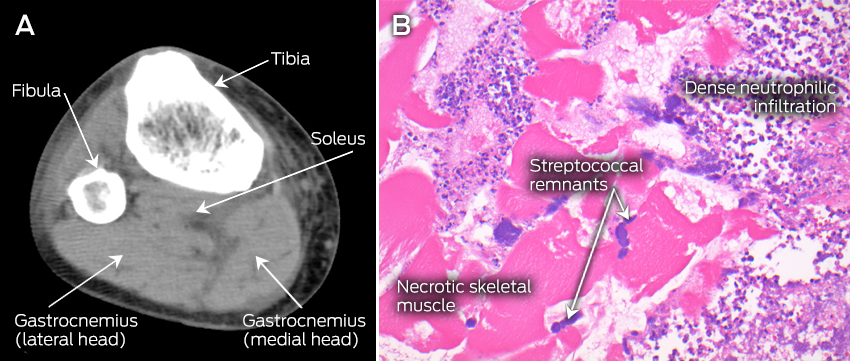Prime Minister Malcolm Turnbull has indicated financial relief for the nation’s beleaguered public hospitals will depend on finding additional sources of revenue, delivering a blow to hopes of averting a multi-billion dollar funding crisis set to hit the system from next year.
Mr Turnbull told a meeting of the AMA Federal Council that hospital funding was “a big issue”, and he fuelled speculation of a pre-election spending boost after revealing he was “in discussions” with premiers and chief ministers on the matter.
But the Prime Minister gave no sign his Government was contemplating a major change in the policy course set by the Coalition in 2014 when it announced funding changes that would rip $57 billion out of the public hospital system between 2017 and 2025.
Instead, he reinforced the need for more effective health spending, signalling there would be no let-up in the pressure on doctors, nurses and other health professionals to deliver greater efficiencies.
“Hospital funding is a big issue,” Mr Turnbull said. “It is something I am in discussions with chief ministers and state premiers [about], and we have COAG before not very long, where we will seek to take that issue forward.”
“[But], the big issue is where additional funding will come from.”
Several premiers, most notably Mike Baird in NSW and Jay Weatherill in South Australia, had proposed an increase in the GST – partially offset by other tax changes – to increase the health budget, but the Prime Minister reiterated his Government would not contemplate an increase in tax revenue.
“We have to recognise that Australians already pay high taxes,” Mr Turnbull said. “This is not a low-tax country, so getting better value [for health spending] is vital.”
Instead, while praising advances in the quality and effectiveness of health care, he exhorted health service providers to greater efficiency.
The Prime Minister said rising health expenditure was “often seen as an admission of failure, [but] the reality is that we are getting a lot more for it”, in terms of longer and healthier lives.
However, funding constraints meant that “the pressure is to get better and more effective outcomes” for the same outlay.
Q&A at AMA House
Following one-on-one talks with AMA President Professor Brian Owler, Mr Turnbull was joined by Health Minister Sussan Ley in meeting with AMA Federal Councillors, who grilled the pair on significant aspects of Federal Government health policy including public hospital funding, the Medicare rebate freeze, pathology and diagnostic imaging bulk billing incentives, medical workforce training and emergency department performance targets.
Several AMA Federal Councillors including Dr Tim Greenaway, Dr Saxon Smith and Dr David Mountain challenged the PM and Health Minister on the scale of the Federal Government’s cuts to hospital funding, pointing out the sharp growth in demand for hospital services occurring around the country.
Mr Turnbull questioned why there was a sharp rise in the number of patients showing up at hospital emergency departments, speculating that some of it may be due to a failure in primary care.
But Dr Mountain and Dr Smith explained that as people lived longer, they developed multiple health problems that could compound one another and quickly escalate, requiring expensive and complex emergency care.
Questioned on the Medicare rebate freeze, Ms Ley said on-going Budget deficits meant the Government was not in a position to restore rebate indexation, and was instead examining new models of primary care arising out of the recent review.
Addressing the cut to bulk billing incentives, the Health Minister said it was “not healthy” that the pathology sector was dominated by two providers, and said the major issue raised by pathologists she consulted with was not the incentive cut, but rents charged to co-locate with medical practices.
Ms Ley added that bulk billing incentives for concession card radiology patients had not been touched, supporting their access to care.
On medical training, Ms Ley said she was concerned to find ways to get more “generalist” practitioners into rural areas. The Minister said she did not believe in using Medicare provider numbers and other methods to bond doctors to work in particular areas, but the problem of luring more doctors into rural practice was one that “we do have to collectively solve”.
The Minister said the Government understood concerns around the establishment of a third medical school in Perth, but expressed doubts that the decision could be “unravelled”.
Adrian Rollins

 more_vert
more_vert